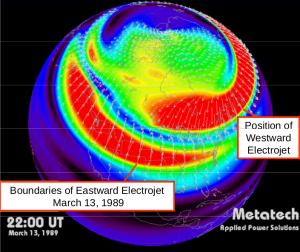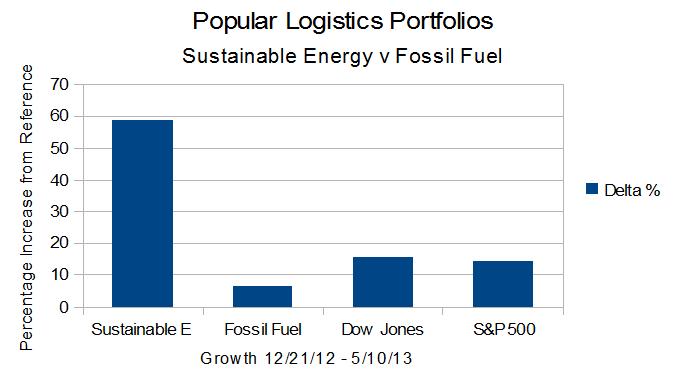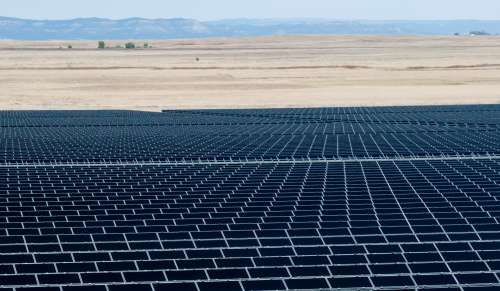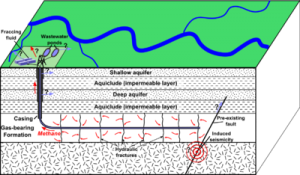
John Kappenman reconstructed the electrojets which formed in the ionosphere late in the March 13, 1989 geomagnetic storm which compromised the Hydro-Quebec power grid in Canada. Concurrently, the eastward jet induced ground currents that severely strained the electrical distribution grid of northern continental United States, resulting in a transformer failure at the Salem Nuclear Power Plant, in New Jersey. Courtesy of Metatech
Nearly a quarter century ago, on March 13, 1989, a geomagnetic storm led to the collapse of the Hydro-Quebec electrical grid system, which furnishes power to much of the province of Quebec, Canada. So pervasive were abnormal currents, that protective circuit breakers tripped throughout the system, bringing the entire grid to a halt in about one and a half minutes. The grid’s self-protective systems were geared toward local abnormalities happening in particular places. In contrast, ground induced currents created abnormalities everywhere. The good news was that most of the hardware protected itself. The bad news was that six million customers were without power for as long as nine hours, and where transformer damage did occur, outages continued for another week.
Further south, the United States experienced a close shave. A second surge in the March 13 storm generated similar ground induced currents in the northern United States, with large current spikes observed from the Pacific Northwest to the mid-Atlantic states, one spike destroying a large GSU transformer at the Salem Nuclear Power Plant in New Jersey. According to John Kappenman, of the Metatech Corporation “It was probably at this time that we came uncomfortably close to triggering a blackout that could have literally extended clear across the country.”















